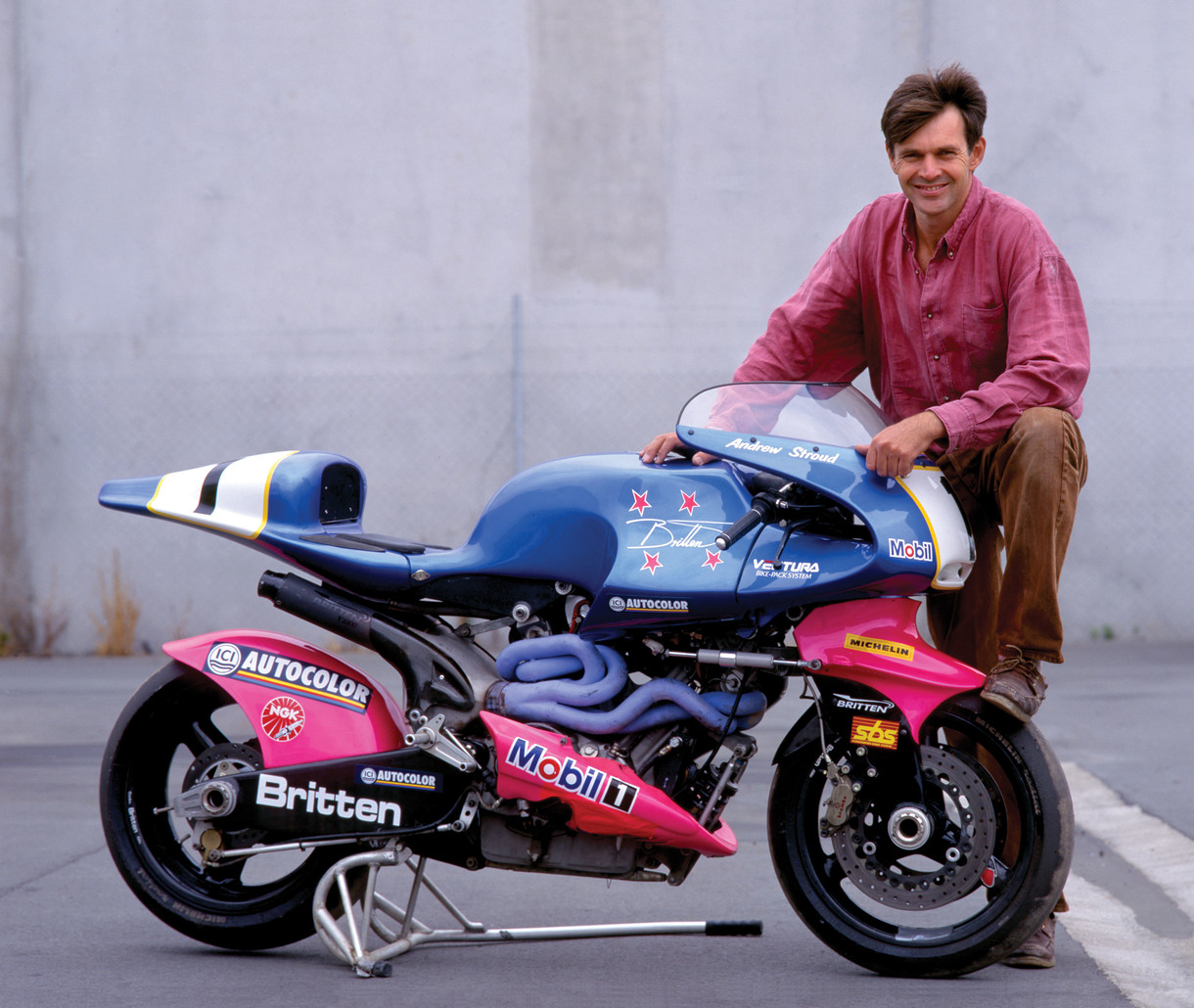This exhibition is now closed
Billy Apple: Towards the Centre
June –
August 2002

Conceptual artist Billy Apple will arrive in Christchurch in June to realise an artistic statement first proposed for the McDougall Art Gallery in 1979.
Conceptual artist Billy Apple will arrive in Christchurch in June to realise an artistic statement first proposed for the McDougall Art Gallery in 1979.
On Apple's visit to New Zealand from New York in 1975 he embarked on a series of works that subtracted volume from gallery spaces – reducing the length of walls and removing wax from floor tiles. More dramatically in 1979 he 'subtracted' a sculpture, The Wrestlers, from the centre court of the Sarjeant Gallery in Wanganui, which also had the title Towards the Centre.
Apple's Alterations (The Given as an Art Political Statement) followed in 1979, in which he negotiated 'significant changes for the better' in galleries across the country. These 'alterations' were architectural investigations of 'the white cube,' treating exhibition space as an object of art and culture. In analysing gallery premises, Apple collaborated with architects and curators, variously highlighting features on walls, ceilings, floors and doors with red paint or reshaping exhibition rooms. The 'givens' – the artwork, the artist, art goer and art space – therefore became one.
Apple's investigations brought the art gallery's function into question, challenging the administrators', and the public's relationship to the artist and works of art. Interest in issues of ownership, transaction and the permanency of public sculpture are revealed through his statements. Throughout the process Apple imposes uncompromising conditions which are either met or rejected and which can be extremely contentious.
Consequently, the process of art making is far more important than the art work. His 'art political' statements rely on having an audience that can participate in the works' context. It cannot be physically or conceptually perceived by any but those who have already experienced, or have uncovered some knowledge of, the original situation in advance of the intervention. Whether or not any conceptual or physical expansion has been made is up to us to decide.
While in Christchurch in 1979, Apple proposed a trilogy of ‘alterations' for three of the city's galleries – Censure (CSA), Points of View (Brooke/Gifford Gallery) and Towards the Centre (Robert McDougall Art Gallery). They were all stymied at that time, and have remained unrealised for more than 20 years. However, in 2000, Apple exhibited Studies for the realisation of three proposed works 1979–1981 at the Centre of Contemporary Art. This exhibition saw him revisit the entire 1979 proposal and Censure was at last completed in the Mair Gallery. This propelled Apple to pursue the unresolved installation for the Robert McDougall Art Gallery.
Towards The Centre pinpoints the true centre of the original, symmetrical architectural plan of the Robert McDougall Art Gallery (prior to the addition of the Canady administration wing in 1983). This point, at the centre of the star motif in the Centre Court's terrazzo floor was formally occupied by the sculpture Ex Tenebris Lux. Obstacles that prevented Towards The Centre from happening in 1979 were many and varied, but now that carpet has been removed and the New Zealand Historic Places Trust has approved of the proposal, Apple will accomplish his long overdue statement.
All of Apple's directions and actions are carefully considered and calculated with an immaculate attention to detail. A fine brass pin will be inserted into the very centre of the centre court's terrazzo floor and, interestingly, the star shaped geometric pattern echoes Apple's ongoing application of the divine proportions of the Golden Rectangle in his work.This installation signals not only the carrying out of his 1979 proposal, but also ritualistically and metaphorically, the Robert McDougall Art Gallery's metamorphosis and relocation from an historic institution into a contemporary art gallery for the new millennium.
The work is intended to remain permanently as part of the fabric of the building and thus will not be accessioned as part of the Permanent Collection for the new Christchurch Art Gallery. It is up to the new inhabitants of the building to keep or remove the pin.
Location:
Robert McDougall Art Gallery - main gallery
Exhibition number: 696A

